

Louis Pierre Mouillard, |
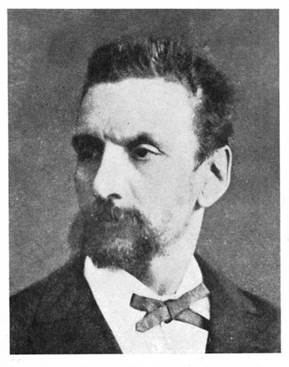 |
Louis-Pierre-Marie Mouillard was born in Lyon, France, on September 30, 1834. At the age of 15, he secretly fabricated a parachute using old umbrellas and sheets cut into wing-like shapes. Climbing to the pinnacle of the steeple of Fourvière, he was stopped moments before jumping into the void by a terrified church sexton.
Later in life, Mouillard became convinced that birds held the secrets to heavier-than-air
flight. Shortly before finishing his studies at the Lazarist College in 1851, he began his extensive research on
birds in the large attic of the family home. Under the erudite eye of his father, he measured wingspan,
surface area, weight of
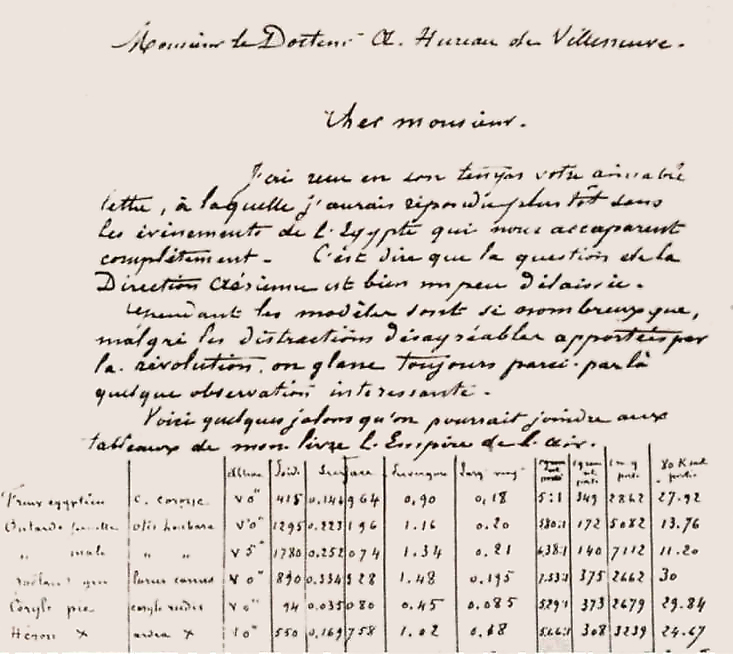
Fig. 1: Letter from P. Mouillard to Doctor Hureau de Villeneuve, Secretary General of the
In 1856 he built his first aircraft with a hull fuselage where the pilot lay prone during flight. The death of his father that same year led Louis and his brothers to leave Lyon for Algeria, where the Mouillards owned an agricultural estate in the Mitidja valley. After another unsuccessful attempt at an ornithopter, he designed his aircraft number 3 (Fig. 2), a 12 square meter tailless monoplane weighing 13 kg where balance was ensured by the movement of the pilot’s body. On September 12, 1865, he took off from a road elevated above the adjacent plain by 1.5m and made a conclusive flight of 42 meters in 15 seconds against a wind of 5m/s. Mouillard was never able to best this record.

In 1866 a plague epidemic hit Algeria. Louis Mouillard, draftsman, former student of Ingres, left the country sick and destitute. Thanks to the help of his childhood friend, Alphonse Daudet, he obtained a position as a drawing teacher at the Ecole Polytechnique in Cairo. In Egypt, he was amazed by the gliding flight of numerous local vultures and pelicans.
Mouillard designed his fourth device (Fig. 3), which he began to build in March 1878.

Fig. 3: Plan drawn by Mouillard of his glider N°4. The driver is shown holding the steering wheel. Configuration for medium wind, folded tail. In zero wind, the wings open forward and the tail expands (Paris Air Museum-Le Bourget archives).
It was a monoplane first designed as a portable device measuring 16 meters in wingspan and 35 m2 and weighing 45 kg. He then fitted it with 2 in-line wheels, a cockpit with a seat (Fig. 4), and a variable surface horizontal stabilizer.
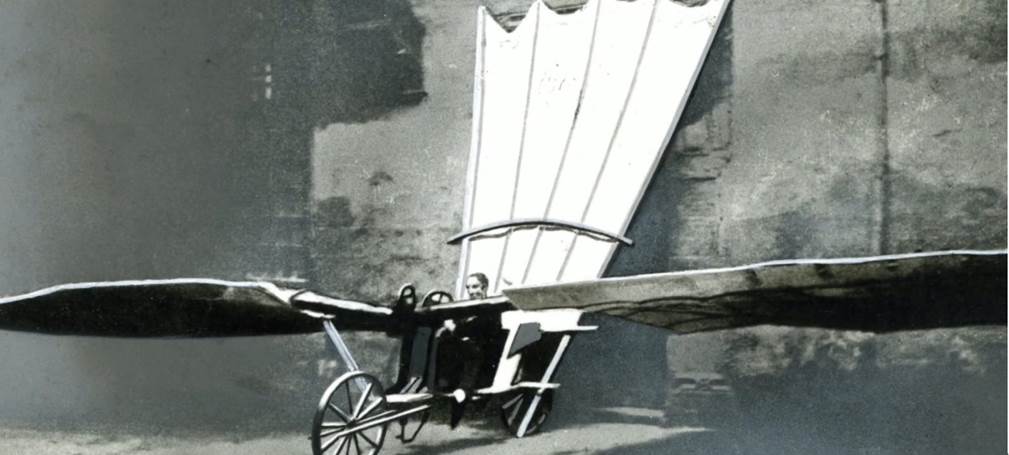
Fig. 4: Mouillard’s N°4 glider in Cairo in 1892-1894
A cork and aluminium steering wheel altered the pitch by acting both fore and aft to vary the deflection of the wings and by rotation to control yaw and roll by increasing the drag of the inner wing and thereby turning the machine. (Fig. 5).

Fig. 5: The seat and the steering wheel are clearly visible on glider N°4 under construction.
This familiar control, universal in airplane cockpits today, was far from being the norm at the time. Indeed, the steering wheel was first introduced on a car in July 1894, during the first Paris-Rouen automobile race (entitled « Horseless Carriage Contest ») on a Panhard automobile. For a long time, the flight controls were divided between a joystick and the steering wheel. Only the advent of commercial aviation perpetuated Mouillard’s integration of two axis control into a steering wheel.
The design of N°4 had been scrupulously developed through the construction and testing of many model gliders, one of which had a wingspan of 5 meters! Launched from the top of a 70 meters high quarry, they traveled up to 450 meters.
But a terrible illness that broke all agility in him interrupted his work. The former gymnast became partially paralyzed. If his body refused to serve him, his brain remained active and in 1881 he decided to deliver his great idea to the public: Human flight is possible.
The study of the flight of vultures - which he described as "admirable" - led him to extensive observations, which he published in a book entitled « L’EMPIRE DE L’AIR ESSAI D’ORNITHOLOGIE APPLIQUÉE A L’AVIATION ». The work became one of the fundamental classics in the history of aeronautics.
The Wright brothers, according to an interview reported in the Aérophile of March 1910, attached considerable importance to this publication and declared: "We were in 1898 on the point of abandoning our work when Mouillard’s book fell to us between hands and we continued with the result you know.
Passing through Paris again in 1881, Louis Mouillard favorably impressed the personalities involved in the aeronautical field: their warm welcome reinvigorated the bitter pioneer. Paris will also remember him because, in 1889, the physiologist Étienne-Jules Marey, author of the book "The flight of birds", a publication that confirmed Louis Mouillard’s observations, organized a banquet which brought together around fifty pioneers of human flight. This meeting remains famous as the "first dinner of airmen", which was attended by, among other celebrities, Octave Chanute, the brilliant Franco-American theorist and future mentor to the Wright brothers. Following the banquet, Chanute began a long and fertile correspondence with Mouillard.
On November 20, 1890, Mouillard sent Chanute a 6-page summary of his research, including,
among other things, the principle of control surfaces at the wingtip. On
September 24, 1892 Chanute filed a U.S. patent on behalf of Louis Mouillard
entitled
"Means for aerial flight" (Fig. 6 and 7). Mouillard and
Chanute each were assigned 50% of the patent rights. The patent was
issued on May 18, 1897.
(Translation available here).
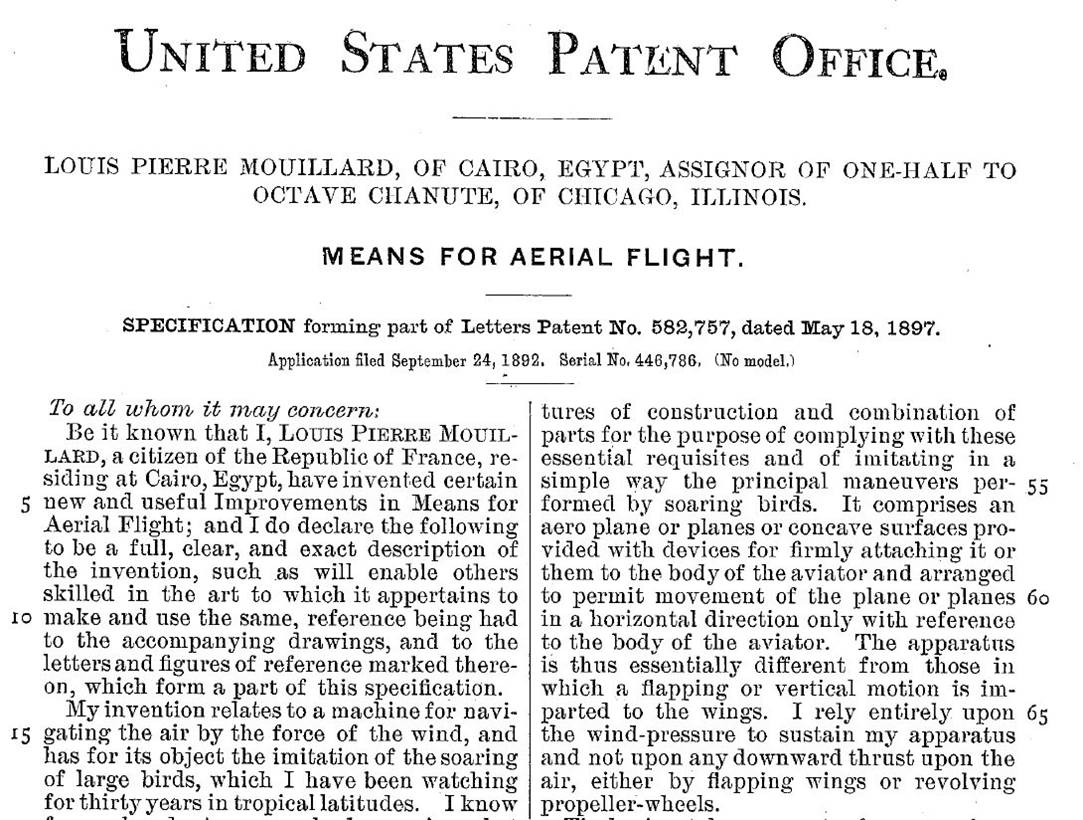
Fig. 6: The first page of the patent
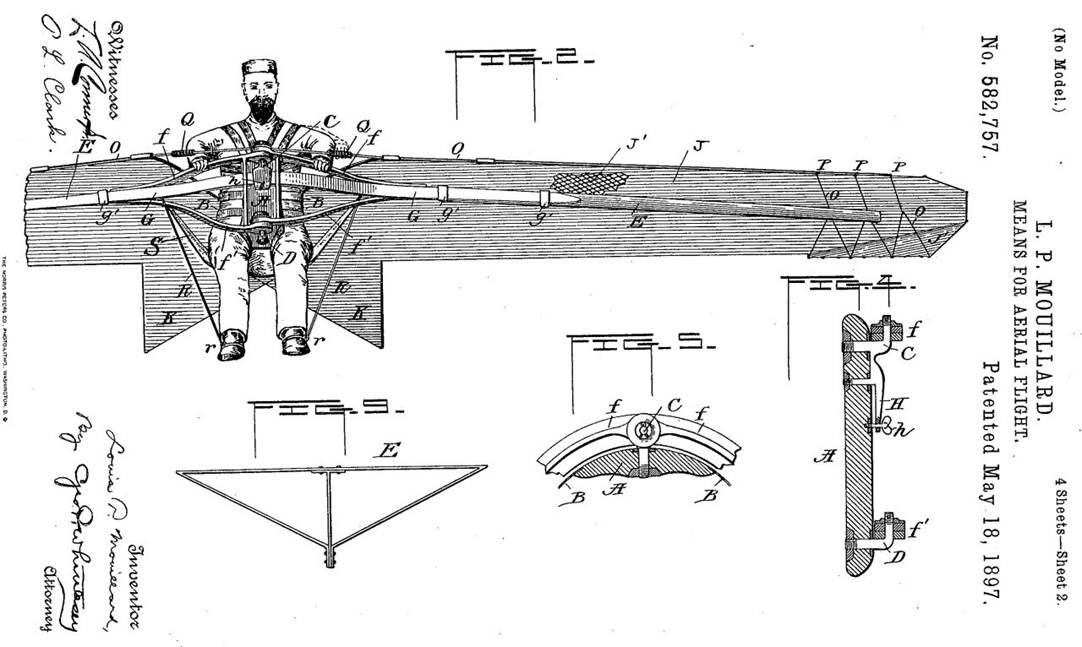
Fig. 7: A drawing from the patent showing the mechanism for varying the deflection of the spar and the movable surface of the lower surface at the wingtip.
Chanute sent Mouillard $2,000 (approximately $72,000 in current dollars) later that same year, obviously seeing considerable value in the patent rights. Chanute clearly understood the importance of the principles established in the patent: Warping the lower wingtip surface is the first step towards the invention of the principle of full wing warping (as adopted by the Wright brothers) and the later introduction of ailerons still used today. Mouillard appreciated this sum as his finances were strained. In return, Mouillard sent Octave Chanute a copy of the manuscript « LE VOL SANS BATTEMENT » (Flight Without Power). Chanute sent back his comments.
Unfortunately, on September 20, 1897, Louis-Pierre Mouillard died in Cairo, following a very long
illness and in complete destitution. This second book was only published posthumously in 1912. Fortunately,
Mouillard’s device and 1,200 documents were quickly collected by the French Consul in Cairo. He
sold them at auction on March 11, 1910 for the paltry sum of 32 Francs. The
buyer graciously sent these precious artifacts to the
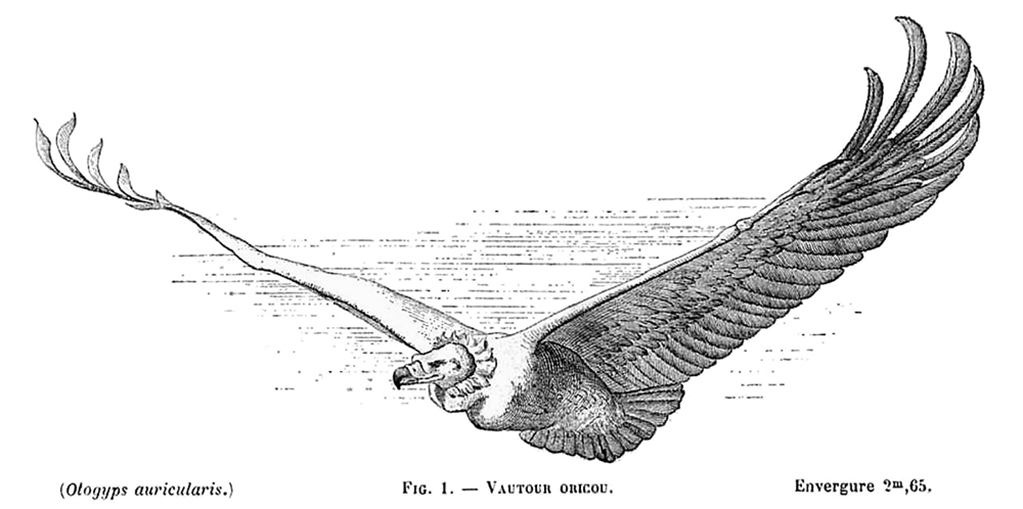
Fig. 8: Louis Mouillard‘s marvelous hand illustration from "The empire of the air"
The patent and glider N°4 are controlled on two axes, roll/yaw and pitch. Pitch is controlled by varying the deflection of the wing from front to rear while at the same time varying the surface of the "tail" (horizontal tail assembly, Fig. 8). To reduce speed, the wings move forward and the tail area increases. To increase speed, the wings recede backwards and the surface of the tail is reduced. These variations in geometry and surface were born from the observation of vultures.

Fig. 8: The 3 configurations of the wings with variation of the surface of the tail assembly. Variable geometry has just been invented!
The spars are connected by a vertical axis C (Fig. 7), held in the middle position by a spring and the pilot can maneuver their position by hand or by foot "in case of emergency." On the glider N°4, spar manipulation was made by pushing or pulling the steering wheel. Roll is effected by movable surfaces on the lower surfaces at the wingtips (Fig. 9), actuated by the rotation of the steering wheel to the left or to the right on glider N°4 and described as follows in the patent:
In order to provide for the horizontal steering of the apparatus-that is, the guiding it to the right or left-I substitute for the ordinary rudder a novel and more effective arrangement. A portion J’ of the fabric at the rear of each wing is free from the frame at its outer edge and at the sides. It is stiffened with suitable blades or slats N, of flexible material, and normally rests up against the netting. Cords O are attached to the rear edge of the portion J’ and pass forward to rings P, where they unite and run to the handles Q near the inner ends of the wings. A pull upon one of these handles causes the portion J’ to curve downward, as shown in Fig. 10, and thus catch the air, increasing the resistance upon that side of the apparatus and causing it to turn in that direction.
When both sides are pulled down together, they serve as an effective brake to check the speed.
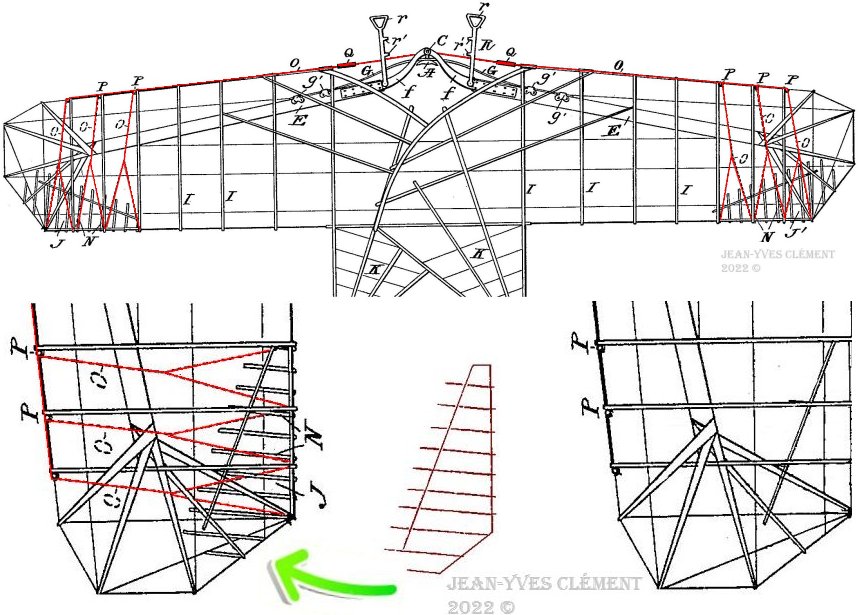
Fig. 9: The rods N are bent downwards by the traction of the cables O (in red).
This solution is
interesting from a structural point of view. The drag generated is certainly
greater than with a classic warping, but it allows the stiffness of the wing to
be maintained, unlike full warping. These fabric surfaces stretched over flexible
strips (Fig. 10) and were only chosen by Louis Mouillard for their increase in
drag, which he further explained could be used as airbrakes (again a first!).

Fig. 10: This figure (Figure 10 in the patent) represents only the lower surface of the wing. If we complete the drawing with the arch shaded in perspective, the "fin" as Mouillard conceived it is clearly evident.
Note that this configuration is very close to that of a lift-generating intrados flap (Fig. 11).
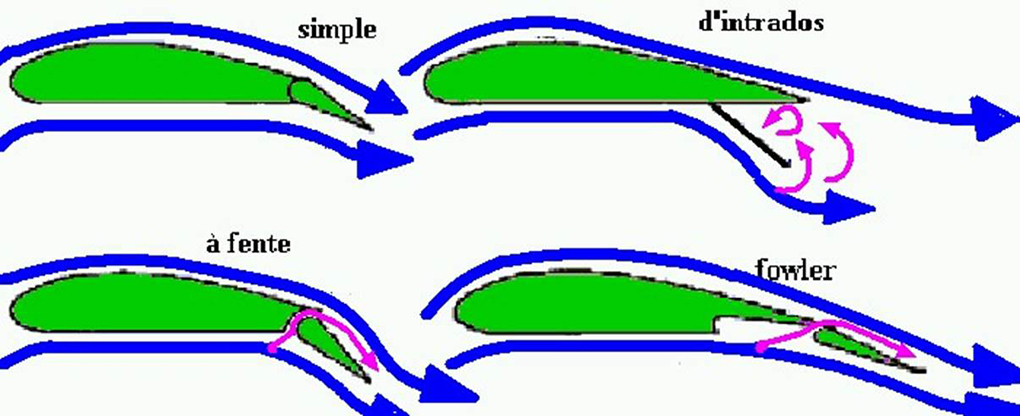
Fig. 11: Among the different types of ailerons, the intrados aileron, still widely used half a century later, represents a much more lasting solution than wing-warping.
If Mouillard had been able to try his device, he would have been confronted with the same problem as the Wrights in 1902: If one directs a control (ailerons, a complete wing-warping or a warping of lower surfaces) on a wing with great elongation, and when tilting to the right, the glider turns left (reverse yaw) in an adverse yaw well known to glider pilots! Only two solutions can correct this problem: employ a moveable vertical tail (solution adopted by the Wrights) or relocate these flexible surfaces to the upper surface; but this latter solution poses other stability problems!
In conclusion, Louis Mouillard cannot be said to have invented wing-warping as it was implemented on the first aeroplanes, but it cannot be denied that he invented a form of warping, applied to the underside of the wing (Fig. 12), which would have fulfilled the function for which it had been designed. This invention occurred in 1892, nearly a decade before the Wright’s introduction of wing-warping! The publication of this innovation also failed to inspire other manufacturers, even if it meant modifying and improving it. By adding the two-axis control system by steering wheel, the calculation of the wing loads and the variable geometry of the tail, all that was missing from this genius innovator was the physical and material means to carry out and embark practical experiments was necessary for all the pioneers.
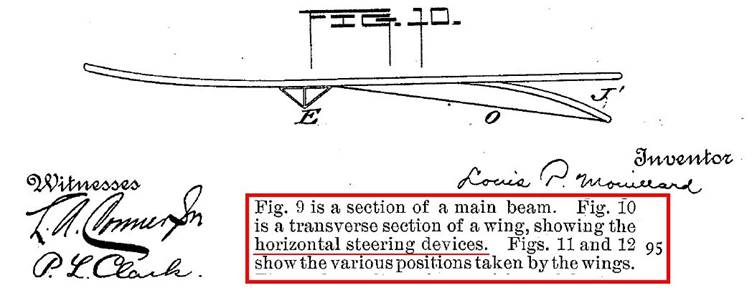
Fig. 12: Everything was already present in figure 10 of the patent, but Louis Mouillard was no longer there to defend his concept.
April 2023, Jean-Yves Clément
« L’œuvre ignorée de L.-P. Mouillard » by André Henry Coüannier, Édition Aérienne 1923
« Pionniers » revue des Vieilles tiges_15 janvier 1969
« Histoire du vol à voile de 1506 à nos jours », by Éric Nessler, Les Œuvres françaises,1947
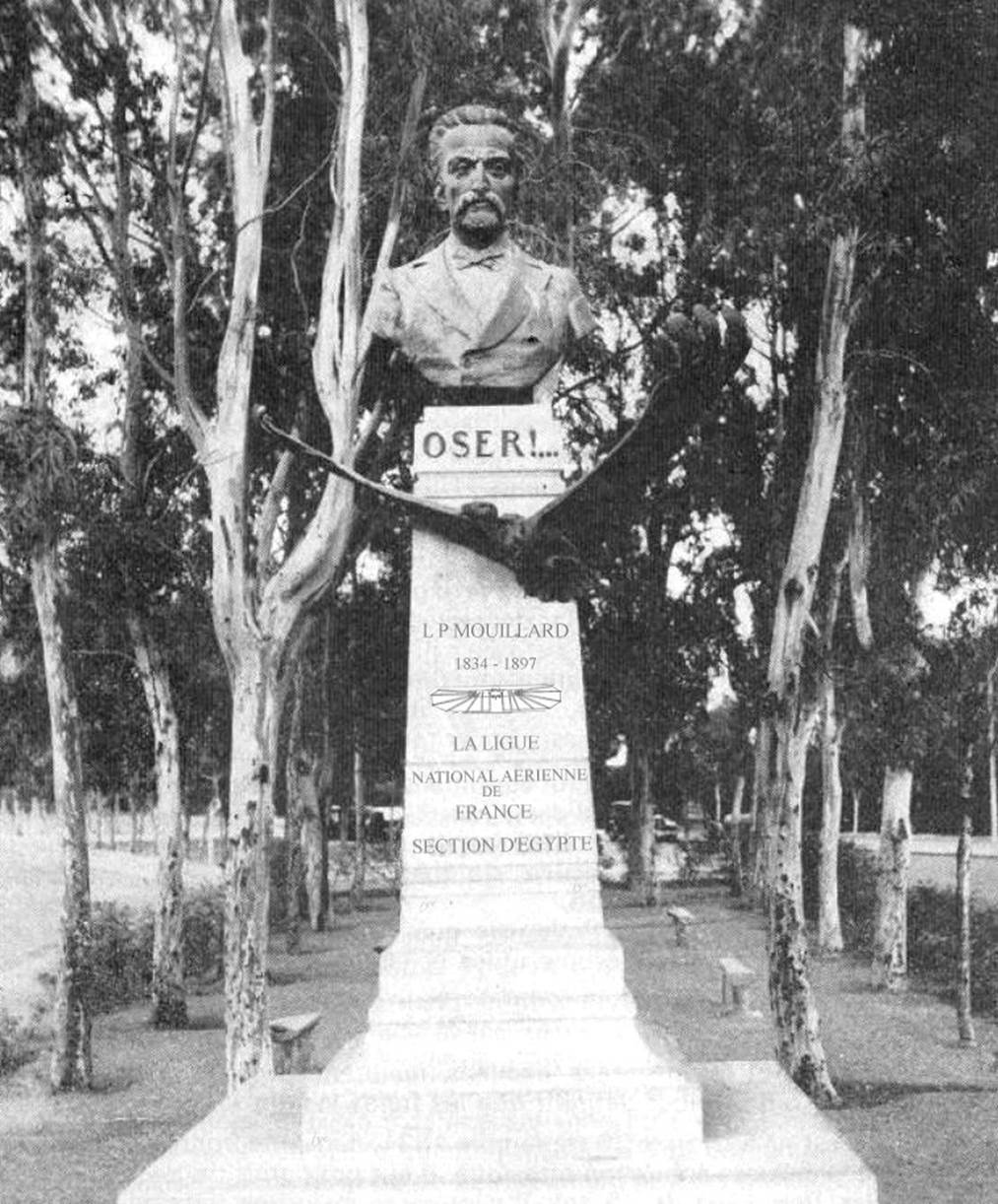
Fig. D: Monument in honor of Louis Mouillard, erected in Heliopolis in 1912 by the
French Colony of Cairo
(work of Guillaume Laplagne, Director of the School of Fine Arts in Cairo).